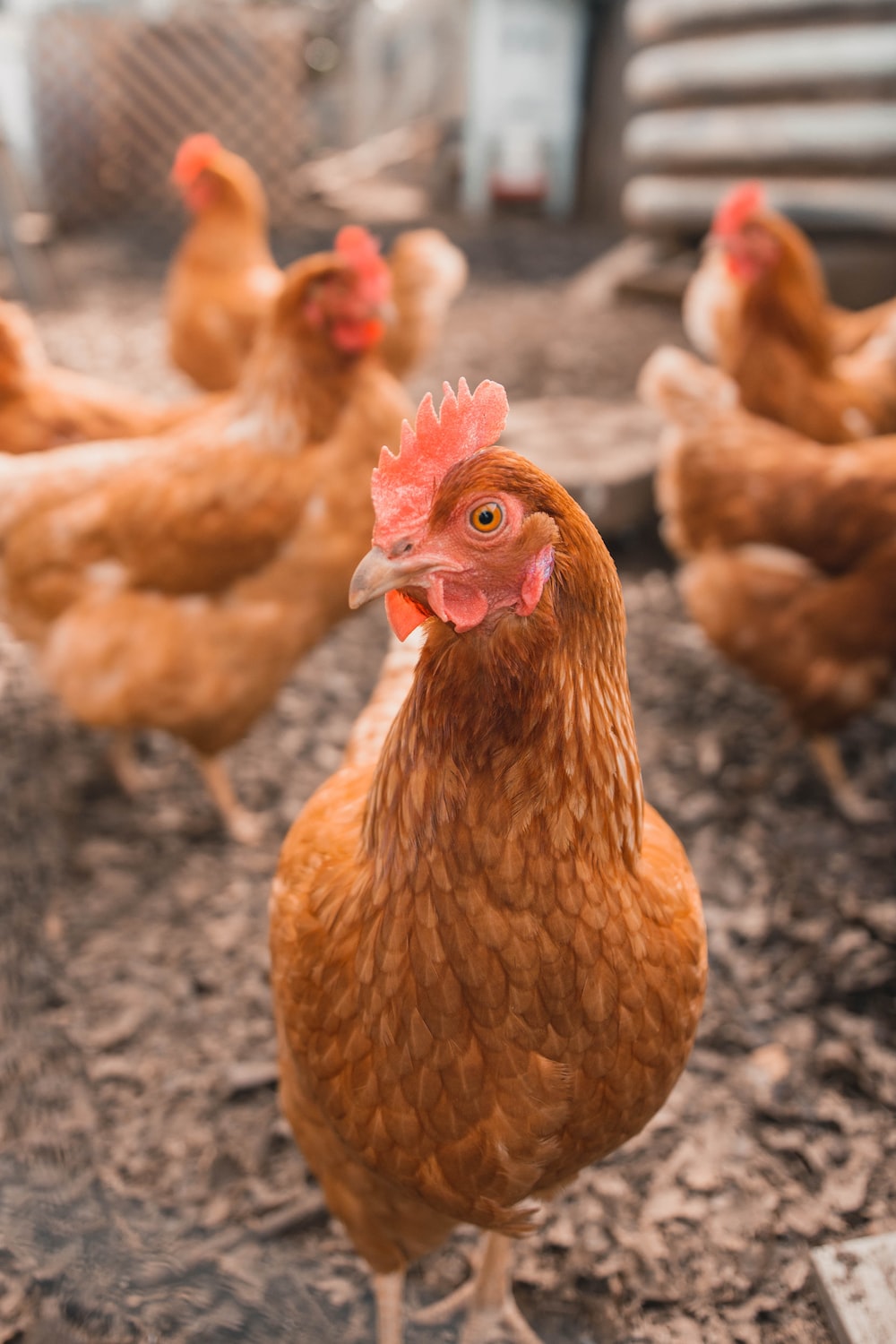A Smart Farming Strategy
In recent years, agriculture has faced numerous challenges such as droughts, floods, pest outbreaks, and adverse weather conditions leading to crop failures. To mitigate these risks and enhance resilience, farmers are increasingly turning to crop diversification – the practice of growing more than one crop within the same season or year. This blog explores the importance of crop diversification and various cropping systems that farmers can adopt to safeguard their livelihoods.
The Need for Crop Diversification
Crop diversification is a proactive strategy that helps farmers manage risks associated with unpredictable weather patterns and pest outbreaks. With the potential for total crop failure reduced, farmers can ensure a more reliable food supply and protect their income against commodity price fluctuations. Additionally, diversification towards high-value exportable crops, such as chillies, tobacco, and macadamia, provides an opportunity for increased cash income and foreign exchange earnings for the country.
Cropping Systems for Diversification
1 Mixed Cropping or Intercropping
Mixed cropping or intercropping involves growing more than one crop on the same piece of land. This practice, common in the southern region, not only reduces the risk of crop failure but also improves soil fertility when leguminous crops are included in the system. Encouraging farmers to adopt mixed cropping or intercropping can lead to higher yields and a more sustainable agricultural system. 2 Strip Cropping
2 Strip Cropping
Strip cropping entails growing different crops in alternating field blocks. This system allows for crop rotation, reduces erosion, and provides a safeguard against pest problems and weather-related crop failures. The alternating strips of crops contribute to a diversified and resilient farming landscape.
3.Relay Cropping
Relay cropping involves planting a seasonal crop before the first crop is harvested. This approach is beneficial where land is limited, and residual moisture is available. Not only does relay cropping result in two crop harvests in the same season, but it also reduces the total labor requirement for both crops. Including legumes, such as chickpeas or beans, with crops like maize improves soil structure and fertility.
Agroforestry is a holistic farming system where trees, crops, and animals are managed on the same piece of land. Incorporating trees like leucaena and msangu into the farming system offers multiple benefits, including sustainable and acceptable farming practices, increased production of various resources (fuelwood, fodder, poles, timber, medicinal plants, fruits, and shade), and minimized use of chemical fertilizers. Agroforestry also helps control soil erosion, improving water infiltration and reducing surface runoff.
Crop diversification is a strategic response to the uncertainties and challenges faced by farmers in the ever-changing agricultural landscape. Adopting diverse cropping systems not only safeguards against risks but also enhances overall farm productivity and sustainability. Extension staff play a crucial role in encouraging and supporting farmers to embrace crop diversification practices, contributing to a more resilient and prosperous agricultural sector.





 Formulate Feed
Formulate Feed
Comments
Be the first to comment . You must be logged in to post a comment